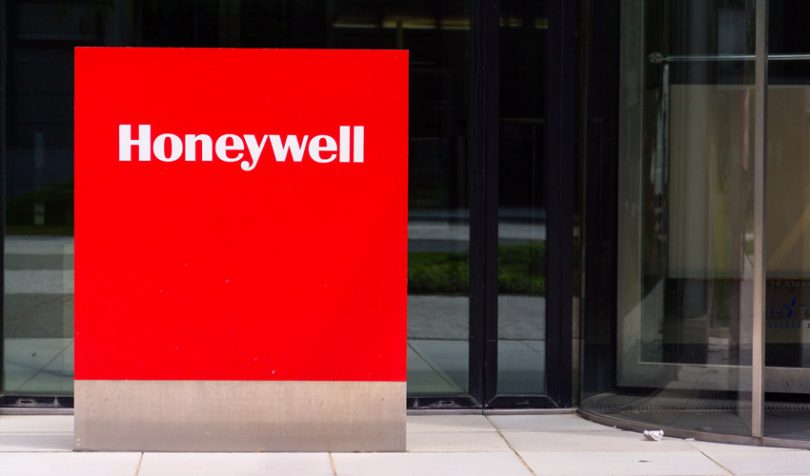On 12 August 2020, Honeywell announced a partnership with iTRACE Technologies, to enable customers to combine blockchain with product marking in supply chains. Besides securing end-to-end traceability, the combined technologies can help identify counterfeit parts and improve inventory management.
To tackle counterfeit products being traded around the world, blockchain product traceability solutions are being used in a range of industries. Examples include counterfeit-proof tags inserted into NBA player-worn jersey hems, and enabling consumers to authenticate luxury items using molecular DNA tagging.
A key challenge is tying the physical item securely to its blockchain digital twin.
What sets iTRACE’s blockchain solution apart is that it’s attached to the actual product itself, not just the paper label or packaging of the product. iTRACE’s technology is capable of lasering their encrypted micro-marks onto the product at near nano size, ensuring extremely high precision printing.
Honeywell’s Aerospace division has worked with iTRACE’s 2DMI® solution before to prevent counterfeit aerospace parts by using blockchain and other technologies. That was for the Honeywell’s online portal for selling aircraft parts.
The latest product targets customers to enable them to use the combined technologies in their own supply chain. iTRACE’s 2DMI® solution will integrate with Honeywell’s PX940v Industrial Printer. This connects the physically printed item to the digital ledger, which can then be securely used for authentication, real-time verification, and track-and-trace purposes. This information can then be easily found using iTRACE’s app.
Honeywell intends its precise printer to be available to all sorts of industries, from pharmaceutical and healthcare to transportation and logistics. President of Honeywell’s Productivity Products Business, Kevin Dehoff, hopes this will have a “huge impact in the manufacturing and distribution industry where it has been difficult to deploy these kinds of advanced track-and-trace and authentication solutions.”






